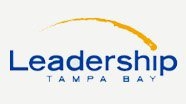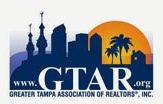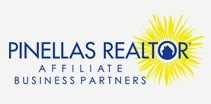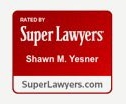Mortgage Deficiency, 1099 & Mortgage Insurance
The Mortgage Debt Relief Act seems to be gone for good. I’ve heard no news that Congress chose to keep it beyond December 31, 2016. What impact does this have on a homeowner who chooses to do a short sale, a deed in lieu of foreclosure, or loses the house in foreclosure?
Typically the bank (not the borrower) will choose one of three options after a short sale, deed in lieu of foreclosure, or foreclosure sale. The bank will: (1) pursue its deficiency, (2) waive the deficiency, or (3) make a claim under its mortgage insurance policy for reimbursement.
Unless discharged in bankruptcy, the lender is entitled to receive the difference between the amount owed on the debt, and the value of the property on the day the property is repossessed – in other words, the deficiency. Typically, deficiencies are hard to challenge, because the bank already has a judgment that the money is owed and the asset can be repossessed or foreclosed. The best way to challenge a deficiency is to challenge the value of the asset, but in most cases this only reduces the deficit rather than eliminating the deficiency completely.
If the lender chooses to waive the deficiency, then the borrower will pick up forgiveness of debt income, or phantom income, via a 1099. Many borrowers are under the false impression that the bank can choose to ignore the 1099. Unless the debt waived is less than $600 (as of the time of this article) then the bank MUST, by law, issue a 1099. Why is the 1099 phantom income? Because the IRS says that the borrower received a benefit (the debt does not have to be repaid, so the deficit can stay in the borrower’s wallet versus being paid to the bank). Anytime a taxpayer receives a benefit, Uncle Sam wants his cut. There are ways to reduce tax liability after issuance of a 1099, but those are better topics for another post, or for your CPA.
Finally, the bank can make a claim with its mortgage insurance carrier (if the loan carried mortgage insurance). Many borrowers mistakenly believe that mortgage insurance covers the borrower. The opposite is true; mortgage insurance is insurance paid for by the borrower that protect the bank in the event the borrower fails to pay. In that scenario, the insurance company will pay its insured (the bank) and seek recovery against the party that caused the damage (the homeowner who failed to pay). The is different from deficiency in that the mortgage insurance company is seeking what it paid to its insured, regardless of house values. A mortgage insurance claim takes the bank out of the picture and the homeowner is dealing with the insurance company directly. Of course, if the mortgage insurance company waives the amount owed, the borrower would then get a 1099.
For more information on mortgages, Foreclosures, deficiency, deed in lieu, forgiveness of debt, mortgage insurance, and other related topics, please subscribe to the Yesner Law Podcast, on iTunes, Stitcher and GooglePlay. If you prefer, please contact us to schedule a free initial consultation to discuss your options at 727-261-0224 or email me directly at shawn@yesnerlaw.com.
Shawn M. Yesner, Esq., is the founder of Yesner Law, P.L., a Tampa-based boutique real estate and consumer law firm that helps clients eliminate debt by providing options, so they can live the lifestyle of their dreams. We assist clients with asset protection, the sale and purchase of real property, Chapter 7 liquidation, Chapter 13 reorganization, bankruptcy, foreclosure defense, debt settlement, landlord/tenant issues, short sales, and loan modifications in Tampa, Westchase, Odessa, Oldsmar, Palm Harbor, Clearwater, Pinellas Park, Largo, St. Petersburg, and throughout the greater Tampa Bay area.









